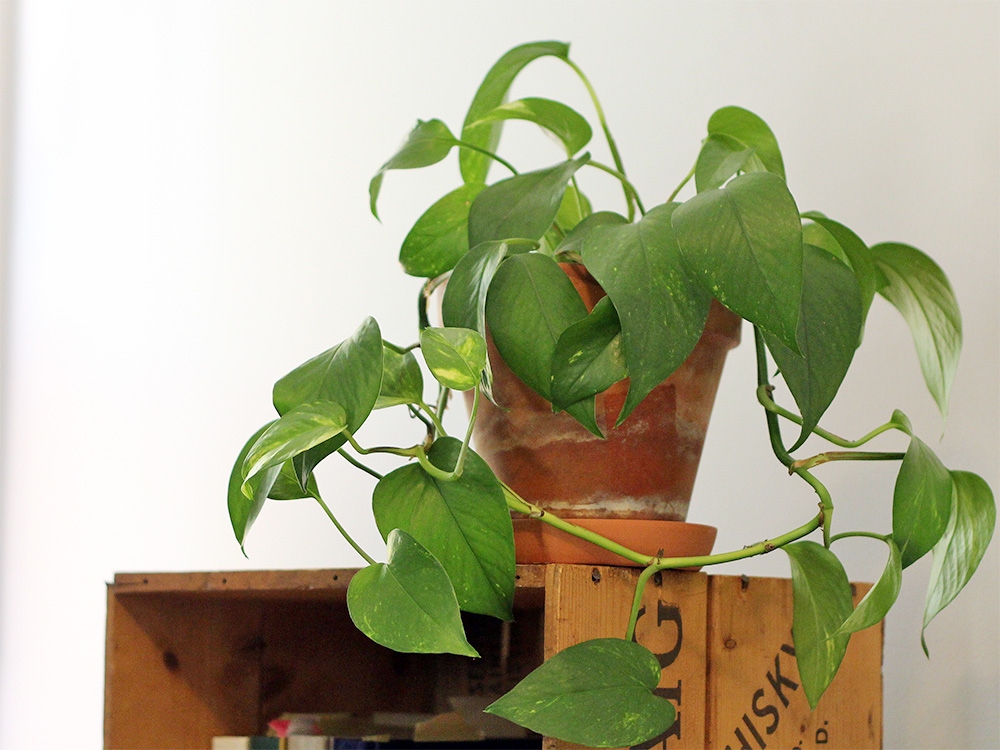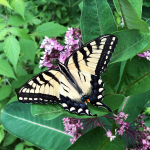Gardens
The 10 Best Winter Tips for Houseplants
Do your houseplants start to look a little drawn in the cold, dark months of winter? If so, follow our 10 best winter tips for houseplants.

Coffee By Design | Portland, Maine
Photo Credit : Katherine Keenan
Photo Credit : Brenda Darroch
The 10 Best Winter Tips for Houseplants
- Place plants in a south-facing window or under a light source for at least one full hour a day. Sun-loving houseplants can stay for even longer!
- Make sure plants have adequate drainage. Never use plant pots without proper drainage or drain holes, as trapped water will lead to root rot
- Rotate the sides of plant pots every week or so to ensure plants get equal lighting on all sides.
- Don’t over water. In most cases, using enough water to moisten the soil is adequate. Plants such as succulents do not require regular watering. Winter succulent care largely consists of just one thorough misting each week!
- Don’t let plants dry out completely between watering. Soil that is too dry can cause stress on plants and may even kill some.
- Trim and deadhead houseplants to avoid the “leggy” look and to remove past-peak foliage.
- Repot root-bound plants. If roots are growing out from the bottom of your plant pot’s drainage holes or on top of the soil, this is a good indication that your plant is outgrowing the pot. To repot houseplants, gently remove the plant and loosen the root ball. Find a container that has suitable drainage and allows for at least 1/3 of the entire space to be free of roots. Fill partially with clean potting soil and gently place the plant in. Cover the roots with more clean potting soil. Water lightly.
- Add a few tablespoons of compost once a month to potted plants to boost the soil’s nutrient content.
- Consider moving some plants into the bathroom. Bathrooms are ideal environments for plants because of the high humidity from the shower.
- Use the correct size pot. A plant should have enough room to completely cover the roots with soil and allow for additional root growth. A pot that is too small will become root bound and require frequent watering. A pot that is too large requires additional watering to just reach the roots and actually slows the growth process of the plant because most of the plant’s energy is focused on establishing roots rather than nurturing the plant.





Thanks for these great tips. I always mulch my potted plants, windowboxes and planters outside, so I decided to try mulching my houseplants as well, with wonderful results. We have a forced hot air heating system, but any type of winter heating system can be hard on plants. I discovered that the mulch keeps my houseplants from the stress of repeated wet-dry-wet-dry cycles, just as it does outside in the summer. The mulch also helps to retain soil moisture, so I don’t worry if I’m going to be away from home for a few days.
Great tip Marcia! Thanks for sharing and for reading!
May I ask, reference to the picture shown in article- why is the potting soil not at pot lip level?
When steaming fresh or frozen vegetables don’t throw the water away. Bring it down to room temperature and use it to water your plants, indoor or outside. Those nutrients are an added boost to any plant.